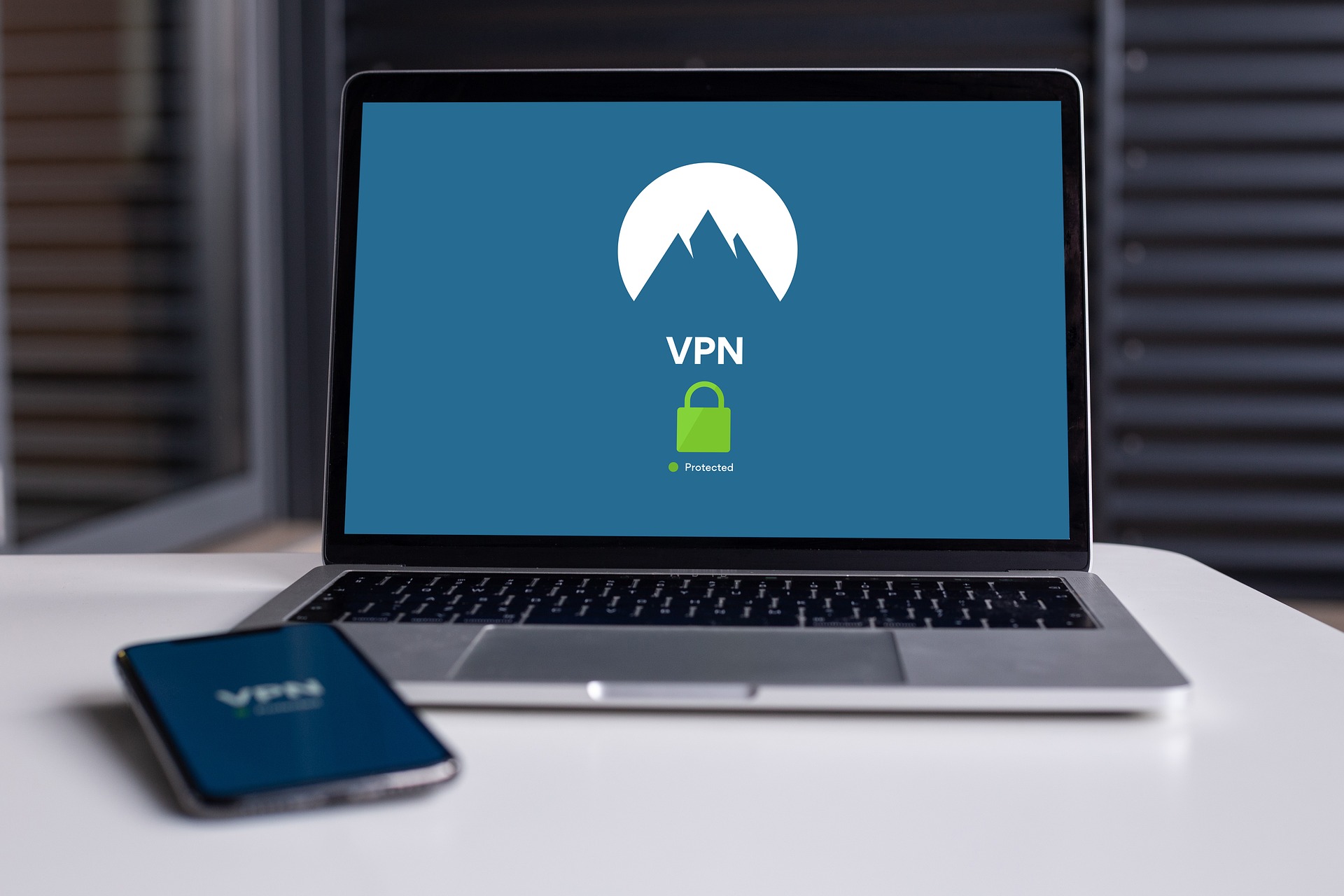Securing & Future-Proofing Your School IT
Experienced education IT professionals share tips on safe and equitable technology use for students and staff.

How can schools create the infrastructure that supports the equitable and safe use of technology in schools today -- and in the future?
During a recent Tech & Learning roundtable, Sandra Paul, director of IT for Township of Union Public Schools in New Jersey, and Rob Dickson, CIO for Wichita Public Schools in Kansas, discussed best practices on how school districts could implement the tools and systems to ensure IT is safe, accessible, and easy to manage. The webinar was hosted by Dr. Kecia Ray and sponsored by Microsoft.
View the on-demand version of the talk here.
Access Anywhere and Everywhere
Providing students equitable and safe access to technology goes well beyond the classroom today. “We've accepted as a society that our kids are going to be multi-medium connectors,” Dickson said. “Before, when we thought about learning, we kept it in the confines of that classroom, or we kept it in the confines of that district.”
Paul agreed. “When it comes to equity, the biggest thing is we've changed the whole concept of instruction and learning,” she said. “It's no longer boxed into a school district or in the four walls of the classroom. It's gone out into the community and beyond.”
Education technology leaders now need to think about the tech that is available in each student and teacher’s home and what kind of support the district can provide for effective and secure use of that technology.
Limits On Use
In her district, Paul said she provided student access to educational materials but not to everything on the internet. “My whole idea was to make sure that the students get what they need, but also make sure that whatever device they're using has the filtering, or has the ability to give them what they need on an instructional site,” she said. For instance, parents were not able to check their personal emails on a school device. “We had to do workshops for parents that explained a Chromebook is not a laptop, or an iPad, or cell phone,” Paul said.
Tech & Learning Newsletter
Tools and ideas to transform education. Sign up below.
Dickson also employs filters on school-issued devices to help keep students and the school’s network secure. However, he will loosen certain restrictions with students and staff members who he knows are knowledgeable about how they are using a given device. “If I've trained a student or a staff member on something, I’ll allow them to go a little bit further than I typically would the standard user,” he said.
Privacy Concerns
Dickson discussed how there is more awareness of data privacy in Europe and more restrictions on the way data can be gathered and used. However, more U.S. states are beginning to focus on data and the need to protect data that can be used to identify students – even if it’s not explicitly sharing a student’s name.
Paul said that leaving student security and safety up to technology directors alone is a mistake and that laws surrounding student privacy and safety need to be updated. Not only do directors have to try and protect student data but they have to help students steer a safe course while using devices that are increasingly controlled by algorithms that might prey on their insecurities by doing things such as reinforcing worries about weight or appearance. “Everybody was in a rush to give out these devices, not realizing that there is a side of it that we need to definitely step back and take a look at because the laws have not caught up,” she said.
Guarding Against Cyber Attacks
School IT infrastructures continue to increasingly be targets of attacks from hackers.
“It's a matter of when not if it's going to happen,” Paul said of cyberattacks. “We, as directors, try to be preventative. We try to educate and inform everyone that's a part of the entire instructional and learning process.”
In addition to providing advice on how to protect school information, IT directors also try to inform educators about protecting their own personal information. Dickson’s district has moved all staff to two-factor authentication. “That’s non-negotiable,” he said.
Other Steps Districts Can Take to Protect Themselves
Paul advised those who are new technology leaders to connect with others in the field. “Reach out to your colleagues in the next district, your next state,” she said. “Reach out and join some national organizations. COSN has been amazing.”
Dickson is working with other tech directors in Kansas to share best practices and knowledge. “We're going to start creating peer groups where we review one another's processes and procedures,” he said. “There are some things that are very inexpensive that you can put in place to help.”
In addition, Dickson said that his district is working with Microsoft to help protect student data by providing secure platforms and help the district respond if an incident were to occur. “If something were to happen, let's say a data breach or data leak, I can contact Microsoft and have one of the largest entities in technology in the world helping me to remediate that,” he said.
Erik Ofgang is a Tech & Learning contributor. A journalist, author and educator, his work has appeared in The New York Times, the Washington Post, the Smithsonian, The Atlantic, and Associated Press. He currently teaches at Western Connecticut State University’s MFA program. While a staff writer at Connecticut Magazine he won a Society of Professional Journalism Award for his education reporting. He is interested in how humans learn and how technology can make that more effective.

